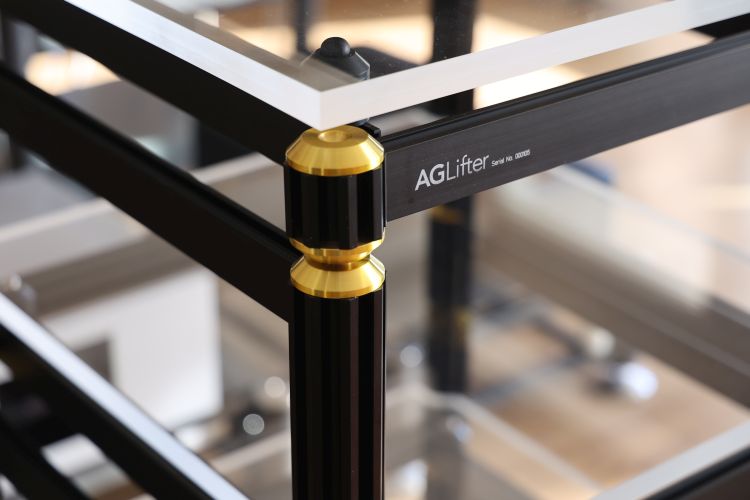
Listening Round 2 – Apollo Modular Audio Rack
With the entire CH system on Apollo and alternating between Grimm and Antipodes server, the difference was very much in line with what I already heard with the Amp Stand, but now much more pronounced, making for an even more substantial difference between the Artesania solution and the AG solution.
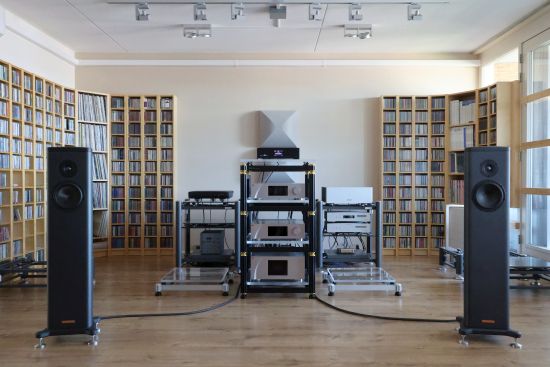
Even more so than with just the Apollo Power Amp Stand, there is a massive increase in bass weight and fullness, along with a decidedly sweeter, warmer, more liquid, and more relaxed midrange that has taken on an almost golden richness. The great variety of tube audio components notwithstanding, I think the best analogy I can make is to liken the Apollo’s midrange and treble to what people may associate with tube sound. Importantly, the frequency extremes are not rounded or rolled off and the treble does not all of a sudden stick out by behaving differently but it follows this theme perfectly with immense sweetness and smoothness and never any hardness.
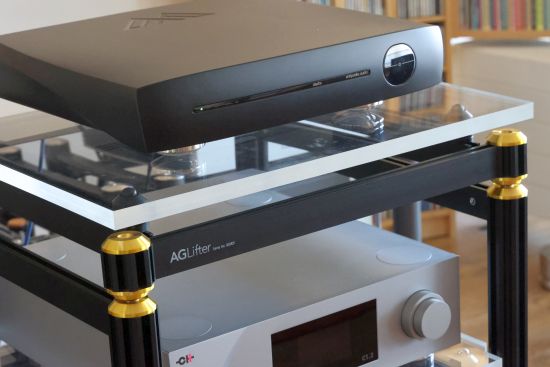
With this, we have two solutions that sound so very different that they belong to two different camps, attracting listeners with distinctive goals and personal preferences, and of course, that is just fine. So many people, so many preferences. No two systems are alike, and audio components come in many flavors. For instance, I would imagine that the AG Lifter racks will pair ideally with audio components that are not too sonorous or voluptuous. More specifically, I think the rack will pair particularly well with components that sit on the neutral to lean side of the scale. For instance, Andre and Vanessa Gil of AG Lifter use, among others, an Audio Research Ref 5 preamp and Ref 75 amplifier, both of which I know are on the light-footed, transparent, open, and airy side of the sonic spectrum, and I have no doubt that they pair exceedingly well with the Apollo rack.
Prolonged experience with the Apollo rack, using both servers as well as the Aqua La Diva M2 CD transport further cemented the aforementioned sonic aspects of the Apollo Amp Stand. In essence, the Exoteryc and Aire racks are very revealing and comparatively light-footed, airy, and ethereal, whereas the Apollo Rack is more euphonic and comparatively earthier, more voluptuous, smoother, and more easy-going.
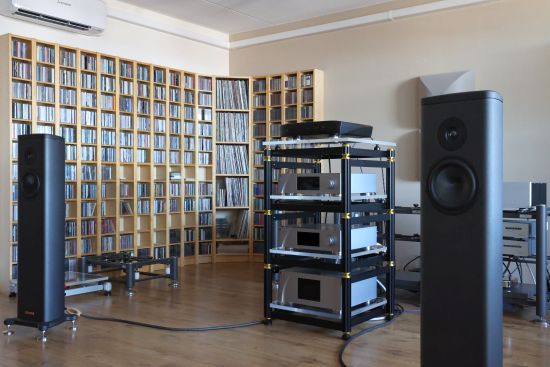
Perspective
As a result of my review work, and probably also due to my personal preferences, I tend to favor equipment and supports that are like wide-open windows, even if that means that the music is sometimes not pleasant, enjoyable, or even comfortable. Of course, no audio support system is perfect as there is simply no such thing.
The Artesania racks fit well for me in this scenario but their main deficiency is that they can lack a measure of energy and drive in the upper bass and lower midrange. When combining these racks with KSH2 Krion shelves, this is partly balanced out but bass punch remains a less developed area.
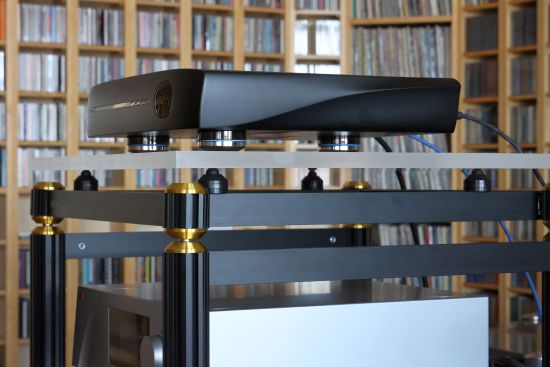
The AG Lifter Racks and Amp Stands have an entirely different approach, which seems to be to eliminate any edge, hardness, or forwardness to achieve a sonic presentation that is ballsy, full-blooded and voluptuous, yet sweet, relaxed, and positively sunny. These products are not like the proverbial magnifying glass on your components, meaning I don’t feel they extract the absolute maximum in resolution, expression, or excitement. Rather, they aim to produce everything you play in a positively pleasing manner.
What I find most interesting is how the Apollo rack manages to sound uncolored and very neutral whilst sounding rich and deeply saturated. Most other racks sound either very colored or overly devoid of body and substance. They provide soundscapes that are the absolute opposite of clinical or anemic.
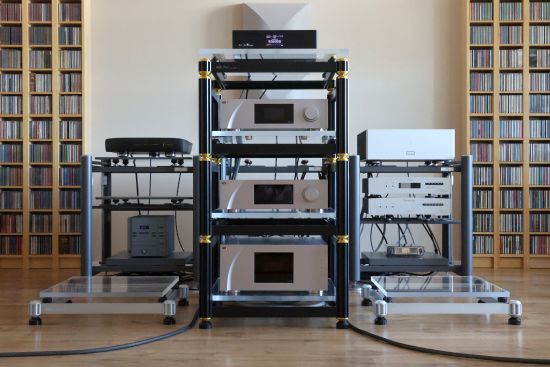
Sidenotes
The vertical rack pillar ribs have sharp edges at the extremes that are partly exposed due to the endcaps having a slightly smaller diameter. I asked Vanessa Gil if there was a specific reason behind this. She responded that there have not been any issues with this and that there is indeed a reason for this design feature. Nevertheless, she made a note to look into deburring these edges in the future.
The documentation mentions the availability of discs should floors be out of plumb. Upon checking, Vanessa confirmed that this adjustable leveling system adds to the standard foot design and is supplied by request at no cost. However, it is only used in very few installations, and in my case, I did indeed have no need for this.
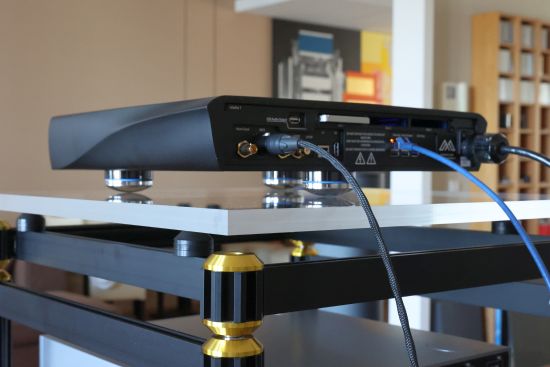
The Apollo rack has a fascinating aesthetic from any angle.
Conclusion
The AG Lifter Apollo Racks and Stands’ modular nature allows users to start with a single-module 1-shelf or 1-H-Frame solution and build out the system as needed. And when assembled, they feel as sturdy as a single-frame rack. Sonically, they are as natural and organic as they come. Rather than being the proverbial magnifying glass on your music, the AG Lifter products eliminate any edge, hardness, or forwardness to achieve a sonic presentation that is ballsy, full-blooded and voluptuous, yet sweet, relaxed, and positively sunny.
What I find most interesting is how the Apollo rack manages to sound uncolored and very neutral whilst sounding rich and deeply saturated. Most other racks sound either very colored or overly devoid of body and substance. Needless to say, the AG Lifter products also royally avoid ever sounding clinical or anemic.
External Links
Manufacturer: AG Lifter


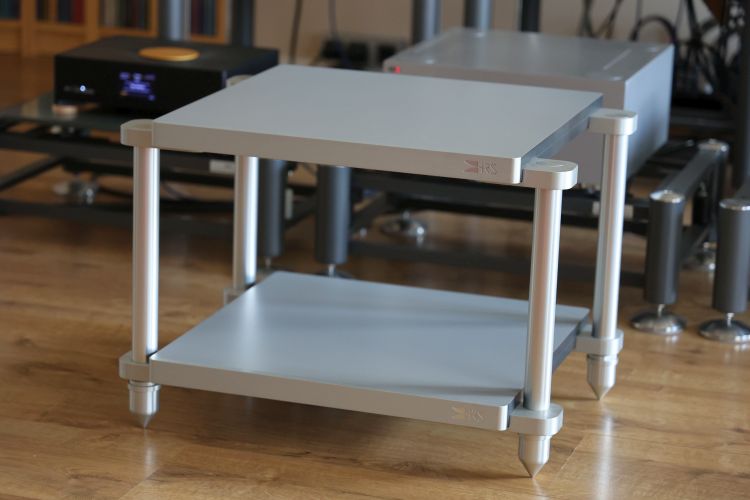
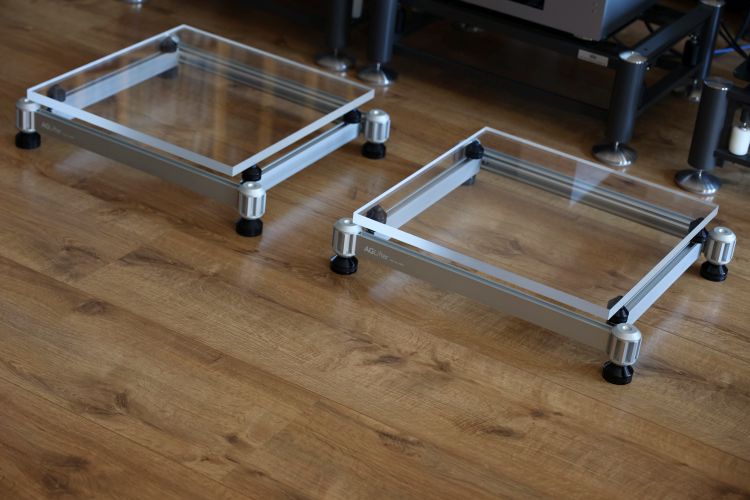
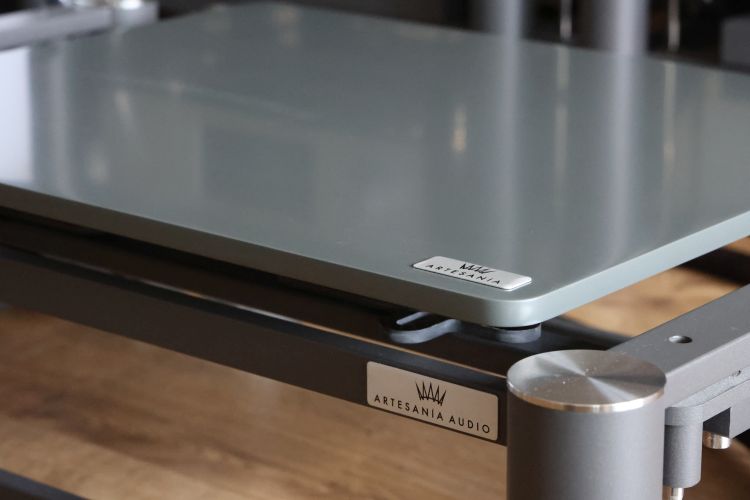
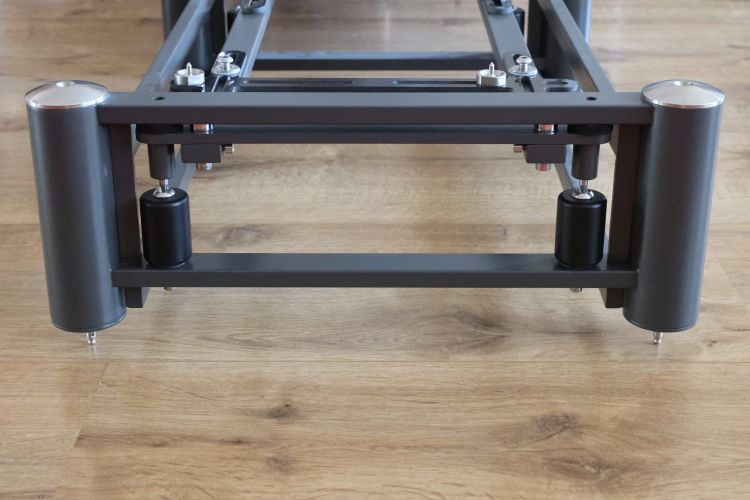
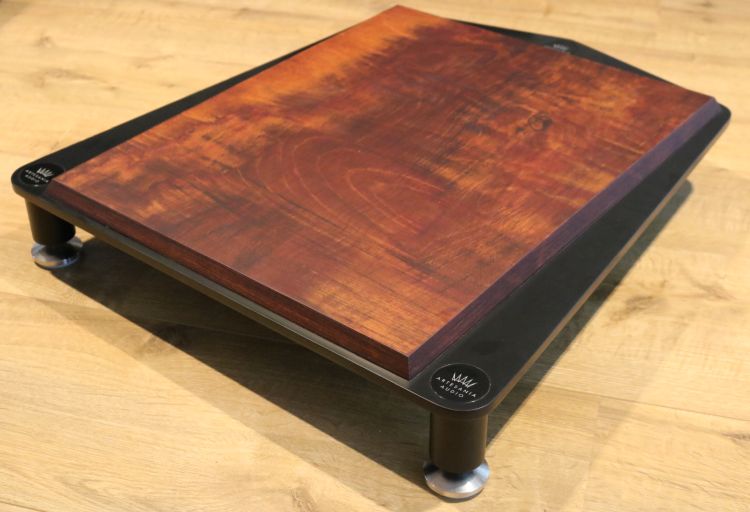
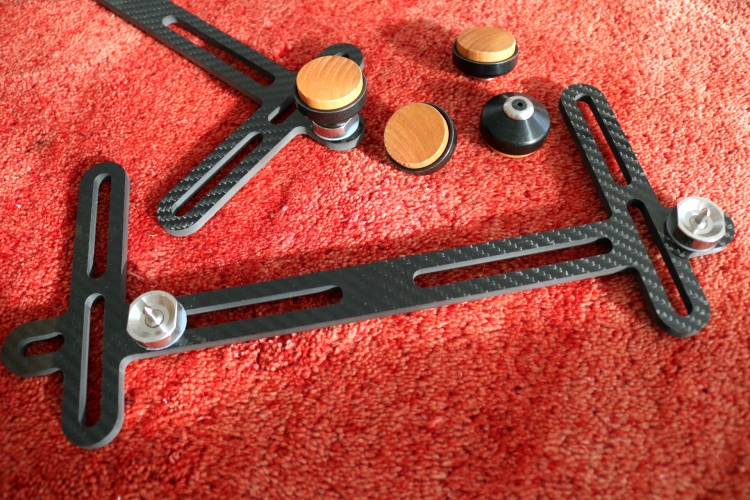
Great review Christiaan. We use AG Lifter Apollo at Antipodes Audio. In our view it presents everything in natural proportion, achieving a believable timbral balance, and so allows us to hear what our servers are actually doing.
It is possible to get racks that accentuate the edges of the sound, at the expense of the body of the sound, and so they can appear to be more detailed. Some people like that ‘hollowed out’ sound, but I don’t, and the real sound of voices and instruments is not like that. At the other end of the spectrum, there are racks that seem to slow everything down, and the Apollo does not do that either.
The details are all there, with great speed, just not thrown at you in any unnatural way, so you actually get more information about how the artists are playing their instruments. In our view that is crucial to enjoying the emotional message in the music, which is much more important than enjoying a sonic spectacular that presents fireworks when no fireworks were actually present.
For what it is worth, I prefer our servers on the hard bearings – it gives us a slightly better balance between the edges and the body of the sounds, and that probably echoes your comments about the sonic balance of these racks. Every system needs a few final touches to get the balance right and having two types of bearing has been very handy for us.
Great and not one measurment??? Will my 22 inch wide streo fit.
The dimensions are in the review. Here’s a quote: “As standard, the outer dimensions of the frame are 600 mm x 600 mm. With 500 mm between the pillars, both in width and depth and basically unlimited free space in the rear so long as the component’s feet are supported on the 600 mm deep Acrylic platform, all audio equipment should fit comfortably.”
You are wrong this measurment was left out of everything I could see. ” With 500 mm between the pillars” This is wrong also ” all audio equipment should fit comfortably.” My Sansui 9090db is 540MM wide. IT WILL NOT FIT.